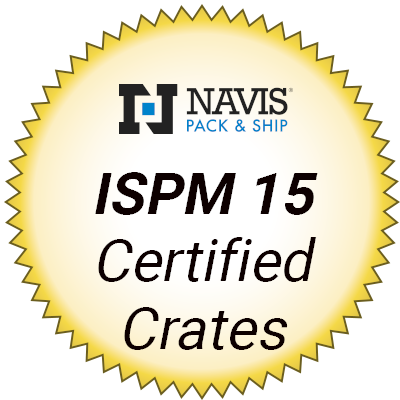International shipping is not an easy task. This is partly because different countries have varying postal codes and zones. As a result, you will need to know the code of the country you are sending a shipment to in order to ensure that it is delivered to the right address. Otherwise, you risk misrouting and losing your shipments.
Navis Pack & Ship has highlighted the information you need to know about foreign postal codes and zones below. Read for more information on how to send parcels to your international clients stress-free.
Foreign Postal Codes
Almost every country around the world has postal codes. These alphanumeric codes serve as geographical identifiers that enable postal services to route packages to the right destination. Without these codes, shipping carriers would have a hard time sorting items.
Since a foreign postal code is a geographical identifier, your shipment must always have the right code. The wrong code could lead to misrouted packages, costly returns and potentially lost parcels.
You don't have to master the foreign postal codes of each country you serve. The codes are available on authorized online databases like the Universal Postal Union. You can also find the postal code you need on World Postal Code.
As an alternative, you can use shipping carriers to override these international shipping complexities. Unlike your business, shipping carriers have systems to generate foreign postal codes. The shipping carriers also know the correct format for addressing various parcels.
ISO Country Codes
Besides foreign postal codes, you must also acquaint yourself with ISO country codes. This unique three or two-letter code helps handlers identify the country where your parcel is headed.
With an ISO country code in a parcel's address, your business will benefit from the following:
- Reduced detours. Combining the ISO country code and the postal code cuts the risk of your package going to an unintended destination. As a result, you will do away with delayed deliveries.
- Smooth sailing through customs. Customs officials check for a parcel's origin and destination when crossing international borders. Thus, including an ISO country code saves your package from being held up for missing details.
- Efficient sorting. An ISO country code streamlines sorting by offering a clear destination. Including it in your parcels allows for faster processing times.
International shipping doesn't end with the knowledge of foreign postal and ISO country codes. You should also learn how to address your parcels correctly. Proper address formatting will help you avoid logistical headaches.
While every country has a preferred address format, you can use the following general format as a guide:
- Use all caps. When writing addresses, use capital letters. Capitalized letters are clearer and less prone to confusion. You may also want to type your address rather than use ink or pencil.
- Keep the address concise. Your address should be under five lines. The recipient's name takes the first line. On the next line, provide the address and foreign postal code. The last line will list the destination country's full name.
- Give an interline translation. Always provide an English translation interline for addresses written in Japanese, Chinese, Hebrew, Greek, Arabic, etc. Providing a translation will help postal workers process your parcel.
Streamline Your International Logistics With Navis
From foreign postal codes to navigating intricate customs procedures, handling international shipping can be a complex process. Without proper knowledge, your customers might become frustrated with delays or lost products.
Navis Pack & Ship can help you navigate these challenges with ease. We have handled domestic and international shipments for over 30 years—we know what it takes to deliver products across borders.
Find a Navis location and get the help you need with your international shipment.

